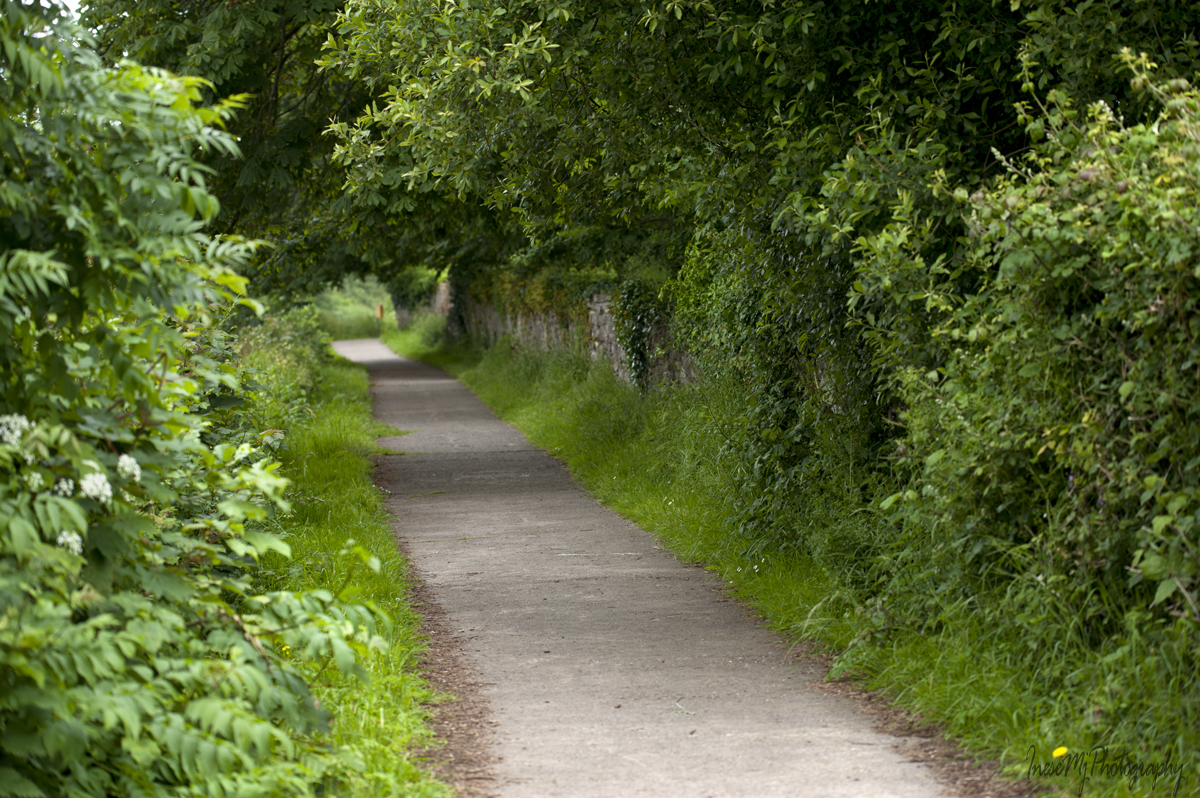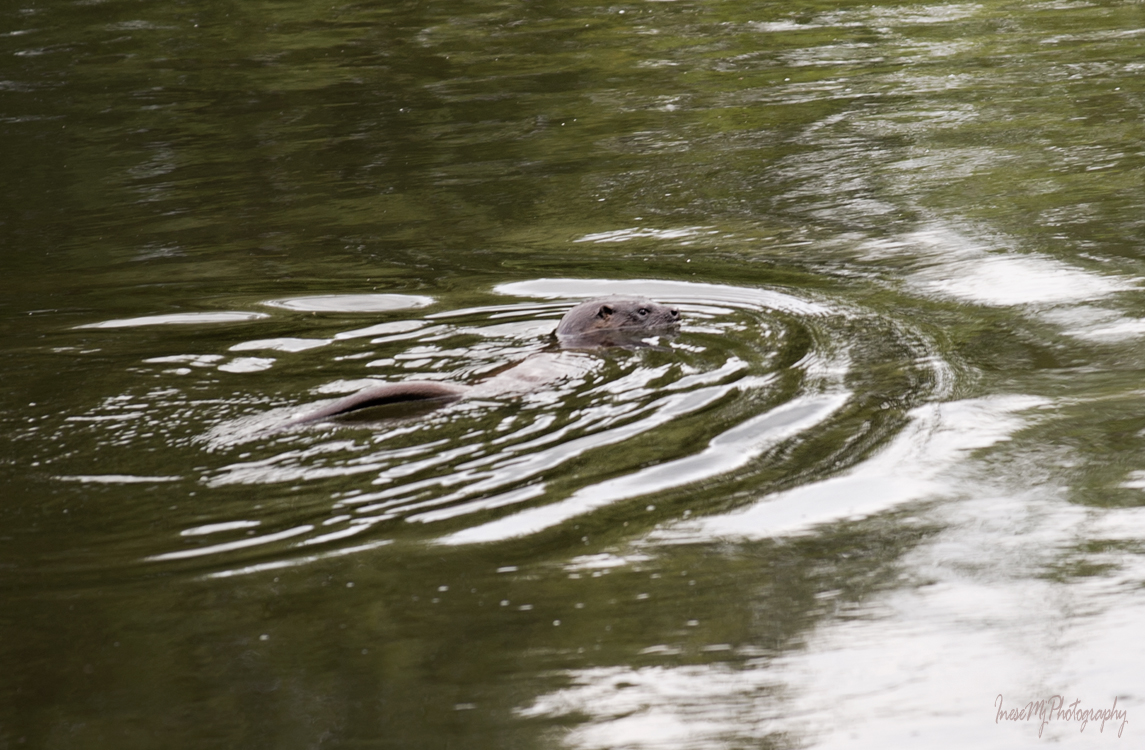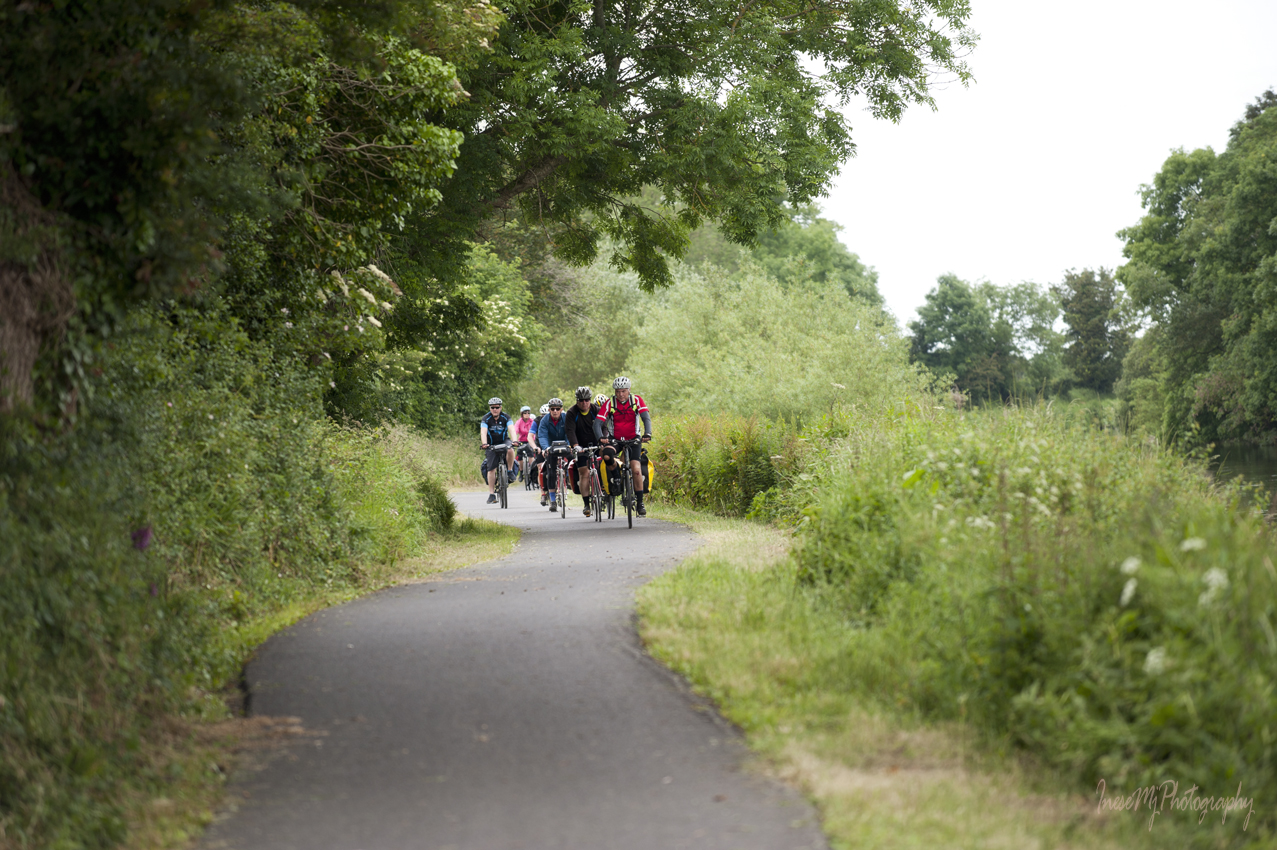The Blueway
And where it all began…
A couple of weeks ago, social media was all a buzz about a fascinating photo by local man Hugh Faulkner taken of the Blueway on a glorious sunny evening. The snap, too good to be enjoyed solely by those with access to social platforms was printed here also, and there was a great response from the community who saw it and read the article.

The newly refurbished Blueway is a facility that is there for everybody in the community and is a much enjoyed social outlet but it was not originally designed to help people exercise, or to get in tune with nature and their surrounds, the area that is now used by, walkers, joggers, cyclists and families enjoying a leisurely stroll was a working trackway for goods arriving into or leaving the town for Waterford and Clonmel.
The transportation of goods by river from Carrick to Clonmel was originally done on the South side of the river (the Carrick beg side) which at the time was in Waterford, a fact that some would say remains, but that’s a different story.

In 1756 a contract was signed between Clonmel Corporation and Messrs. Joseph Grubb, Richard Shew and William Markham to construct a towpath supported by dry-stone walls between Clonmel and Carrick on the Tipperary side of the river. Up to this point the tow path used on the Carrick Beg side could haul a maximum of 7 tons. This was done by men and women pulling ropes through fields and ditches and was exhausting work often ending in injuries due to trips and falls.
In 1789 with the completion of the contracted towpath, horse draw barges could pull 40 tons plus straight up the river to Clonmel. For those wishing to travel themselves they could of course have availed of Bianconi’s coaches from 1815 onwards in which you could travel from the town to either Clonmel or Waterford for the princely sum of 2 shillings, roughly €10 in today’s money.
The major commodities transported along the path were corn, oats, flour and wool. J Ernest Grubb reckoned at the turn of the 20th century that for every 20 ton of product that came into Carrick 19 ton came either up the river by barges or down the river by the path. This may be a bit of an exaggeration as the same man had a vested interest in keeping the waterways mode of transport open and supported.

The decline of the towpath commenced in 1853, when Carrick railway station was opened and there was a direct route between Limerick and Waterford passing through Clonmel and Carrick. Increasingly the rail system became the mode of choice for businesses.
In the 1920s the towpath between Clonmel and Carrick had all but become redundant and the company which operated a levy for the use of it, The Suir Navigation Company, stopped using it.
A with many things around our community, we have those that have gone before us to thank for what we now enjoy. The original working towpath came about through commercial necessity and now we get to enjoy it for recreational purposes.
The Blueway is a fantastic amenity to have in our area and hopefully the numbers making use of it will continue to grow.
Community General History Lifestyle News Sticky